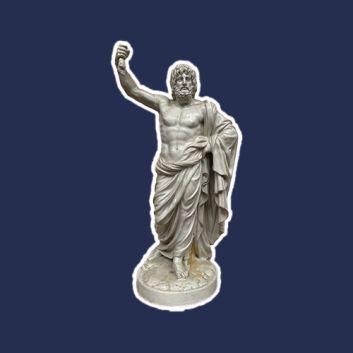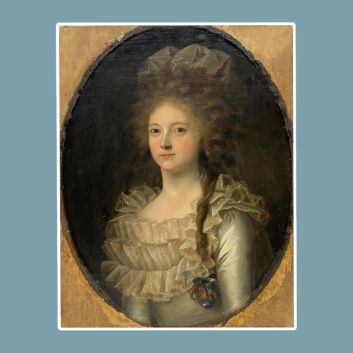The value of Joseph Chinard's works and sculptures
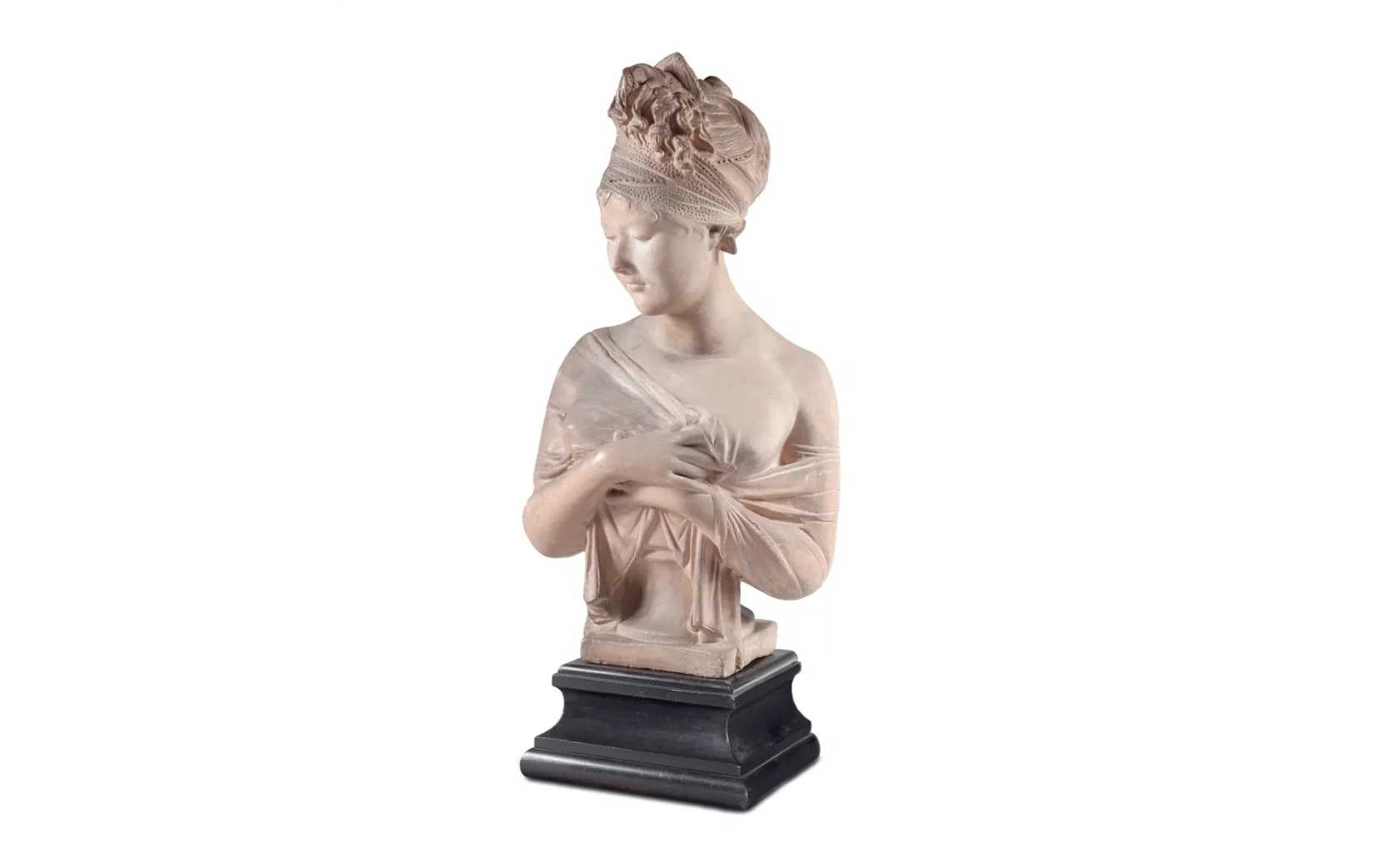
If you own a work by or about the artist Joseph Chinard, and would like to know its value, our state-approved experts and auctioneers will offer you their appraisal services. Our specialists will carry out a free appraisal of your work, and provide you with a precise estimate of its current market value. Then, if you wish to sell your work, we'll guide you towards the best possible arrangement to obtain the optimum price.
Rating and value of the artist Joseph Chinard
A neoclassical sculptor who enjoyed a certain renown under both the Ancien Régime and the 1st Empire, Joseph Chinard produced prodigious terracotta ronde-bosse and medals. His works sell for prices ranging from €300 to €720,000; in 2023, a statuary group in Carrara marble depicting fame amidst arms sold at auction for €120,000.
Order of value from a simple work to the most prestigious
Estimate | |
Sculpture | 200 - 720 000€ |
Response in less than 24h
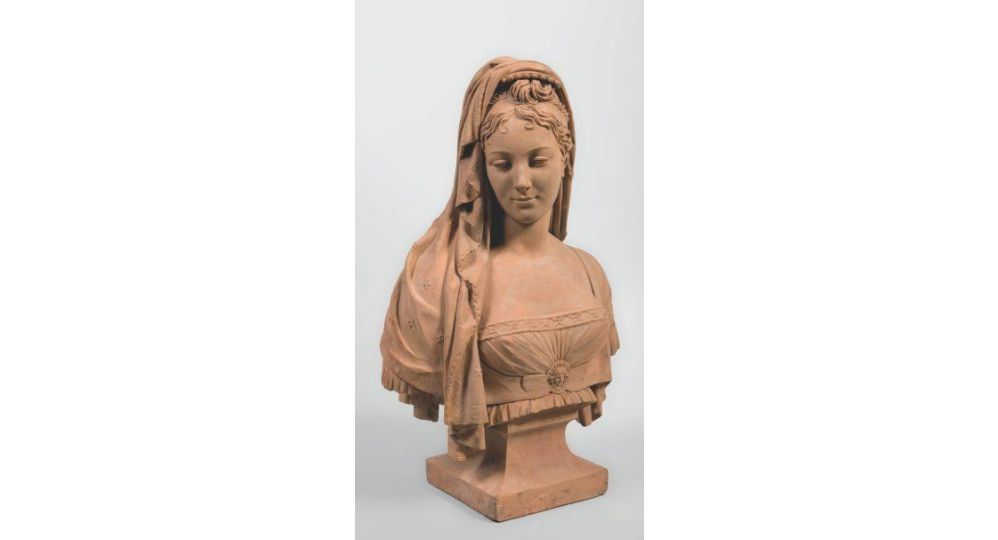
A sculptor's style and technique
Joseph Chinard is particularly well known for his sculpted busts. Since Antiquity, marble busts have immortalized the most illustrious men, depicting a figure on a pedestal, front-on, nude or draped. This practice enjoyed a revival in the last third of the 18th century, thanks to Neoclassicism, a movement to which Joseph Chinard belonged. Joseph Chinard's technique is remarkable. His terracottas reveal great finesse of execution. Expressive faces and an eye for detail have made the artist famous. In addition to his many portraits, Chinard created statuary groups, often allegorical, such as La République en 1794 in terracotta.
Response in less than 24h
Who is Joseph Chinard?
Joseph Chinard (1756-1813) began his artistic apprenticeship at the Lyon drawing school, before joining Barthélémy Blaise's sculpture workshop. He perfected his technique in Rome between 1784 and 1789, while sharpening his artistic eye. He stayed in the Italian capital because he was called upon to carry out commissions for the church of Saint-Paul, in particular the sculptures of the four evangelists and the sumptuous pendants of the dome. In 1796, he was awarded the prestigious First Prize at the Académie Saint Luc in Rome. He took a stand in favor of the French Revolution in 1789, and aware of the need to renew his iconographic repertoire, he adopted a different tangent from his sculptor counterparts, favoring allegorical compositions, which were particularly appreciated under the First Empire. In 1791, however, he was occasionally imprisoned by order of the Pope, notably for two subversive works: Jupiter striking down the Aristocracy and Génie de la Raison foulant aux pieds de la Superstition.
How did he mark his period ?
In the context of the Empire, the busts sculpted by Joseph Chinard took on symbolic significance, placing Napoleon and his wife in the wake of the Roman emperors. Created in 1805, the portrait of Empress Josephine features the various symbols of official imperial iconography, such as the eagle, while her bosom is highlighted by a drape bearing the imperial bee. He sculpted the portraits of several "marvelous women", the most famous of whom was Juliette Récamier. A fabulous terracotta portrait of Juliette Récamier sold for €26,000 in 2013. In 1808, he was awarded the Grand Médaille d'Or at the Salon de Paris, and in 1809 became a member of the Société Littéraire de Lyon.
The period of the Consulate, favorable to artistic creation, saw the flowering of numerous commissions for Joseph Chinard. From 1798 to 1812, he exhibited his works at the prestigious Parisian Salons. Favored by Napoleon, the commissions he received increased significantly, in this case portraits of the Bonaparte family. He also worked on the decor for the Carrousel triumphal arch in Paris in 1812. He also partly decorated the Bordeaux triumphal arch, and created a splendid statue for the fountain on Place de la Douane in 1809.
Response in less than 24h
How to recognize Joseph Chinard's signature?
The artist almost always signed his work "Chinard de Lyon" in homage to the school where he first learned his trade.

How can I find out the value of a work by Joseph Chinard?
If you happen to own a sculpture by or after Joseph, don't hesitate to request a free appraisal using the form on our website. A member of auctie's will contact you promptly with an estimate of the value of your work, and will provide you with all the relevant information. If you're thinking of selling your work, our specialists will also help you find alternative ways of selling it at the best possible price.
Response in less than 24h
Related topics
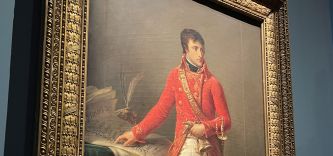
Rating and value of works, paintings and drawings by Baron Jean...
Baron Jean-Antoine Gros was a history painter during the Empire. He later turned to Romanticism. His works are of great value.
Read more >

Rating and value of works, drawings, paintings by Anne Valla...
Anne Volleyer-Coster was an 18th-century painter, famous for her still-life paintings of flowers, which were very popular at auction.
Read more >

Cote et valeur des tableaux, dessins, peintures de Marguerit...
Marguerite Gérard est une artiste peintre et graveur, élève de Fragonard. Ses oeuvres ont aujourd'hui une cote et une valeur élevées.
Read more >
Secure site, anonymity preserved
State-approved auctioneer and expert
Free, certified estimates
